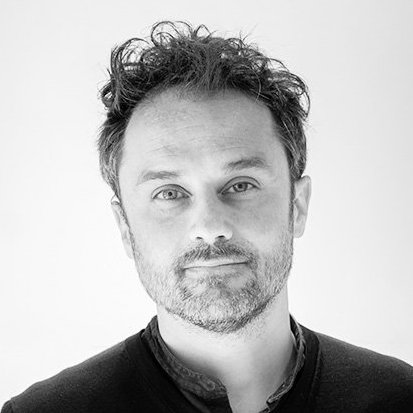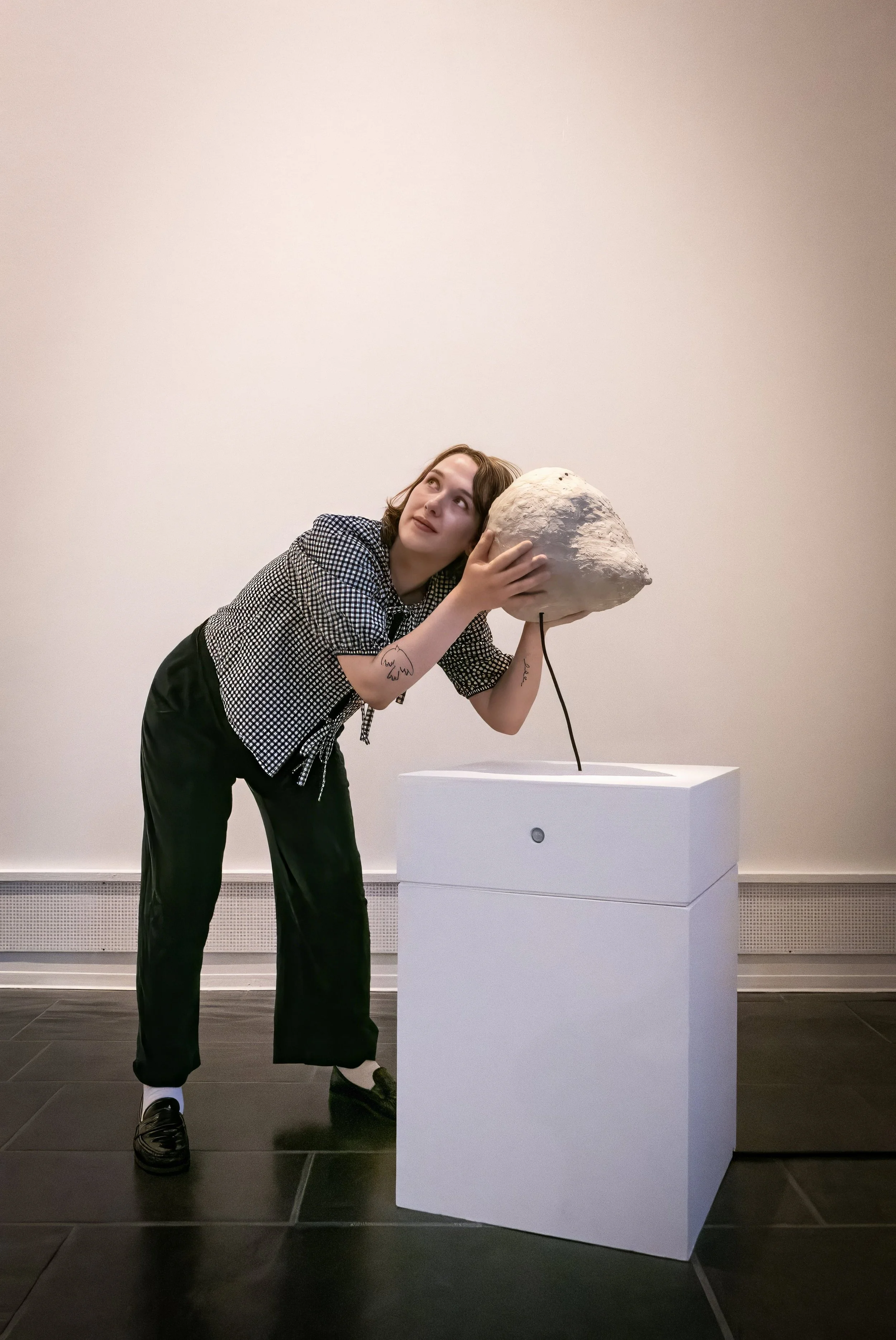We were delighted when Mélanie and Béranger approached us to help them convert an old stone barn in south-west France into their new family home. This was the perfect project to combine our interests in sustainability, self-build construction and conservation.
Sketch perspective of the converted barn, looking across the main living space
We worked closely with our clients to design a beautiful but affordable house, with a flexible layout and minimal environmental footprint. We brought together the different requirements of their family project, unveiling the stunning character of the 200 year-old stone building, while responding to the practical requirements of its new use.
Preserving and enhancing
Our initial task was to carry out a detailed measured survey of the existing stone barn and a careful condition survey to establish the need for repair and conservation work, so that our new intervention could fit around and preserve the old wood and stone structure. This also helped us understand the key views, approaches and landscape requirements for this conversion project, to enhance its integration in the surrounding nature.
The vast and the intimate
We wanted to preserve what we experienced on our first visit to the original barn: an impressive feeling of spaciousness with a peaceful daylight filtering softly through the fallen roof tiles... This meant establishing a clear hierarchy of indoor spaces, so that the whole range of specific functions of the barn's new domestic use could be accommodated without overcrowding the attractive indoor volumes.
The barn under construction: new insulated roof and repointed stone walls.
The other challenge was to introduce natural daylight deep into a previously dark agricultural building. To respect the traditional architectural topology of the stone barn, we concentrated the new openings into few, larger light wells: they reflected off the light surface finishes and created contrasts between social spaces — opening up to the hight roof structure — and the more intimate private rooms. This also promoted effective natural ventilation across the barn in summer.
We chose to keep as much as possible of the meter-thick stone walls in the interior, and insulated the new roof cover and floor slabs. Hovering within the stone volume is a secondary timber structure that weaves itself around the oak roof trusses, clearly identifying the new from the old and contrasting the textured historical materials with the contemporary new ones.
Harnessing the site’s resources
Carefully balancing the client’s lifestyle choices, budget and aspirations, we designed and implemented design sustainability measures that we knew would work and could gracefully integrate with the historical building. This meant low-tech solutions with proven track record, that used resources readily available around the site.
Making the most of the barn's extraordinary thermal mass, we incorporating radiant underfloor heating in the newly insulated floor slabs and connecting it to a central wood boiler, running on locally harvested wood logs.
The vast roof was also ideal for rainwater collection, and the system we designed made the barn virtually independent for all water needs (including drinking water!). And while re-landscaping the surrounding agricultural land, we designed a complete waste treatment system based on reed-beds, a completely natural process that would purify all waste water from the family — and even transforming it into clean water for their new natural swimming pond!
Client, user, builder...
A key feature of this project was that the clients would manage the building process themselves. We carefully phased the construction to make sure that the house would be comfortable and accommodating during the whole process, which may take years to complete. We also attentively considered the family’s cashflow over timeand their future aspirations and projects (the house will eventually double as a guesthouse).
So the new home is designed from the start into a series of stages that will evolve with the family, all the way from a space to park a caravan on the site! At each building stage, the plan and structural system work together to create comfortable habitable spaces, building in flexibility as the work progresses, so that later disruption can be avoided.
The different stages of the construction, each inhabitable and addressing the specific needs of the growing family (click to enlarge).
Sharing knowledge and experience
One of our "assembly manuals", explaining to the clients how to build the self-standing internal timber structure (click to enlarge)
We extensively used SketchUp to communicate with our self-building clients, providing them with updated detailed 3D model of the design. Since they had no former experience in carpentry, we also created a series of clear and user-friendly visualisations to explain how the different parts of the structure fitted together with simple assembling techniques and components that could be lifted and handled with limited equipment and muscle-power!
Rewarding their amazing building skills and painstaking attention to details, our clients were even elected in 2012 Self-Builders of the Year by the French magazine Autoconstruction!
The construction of the barn is completed and our clients are sharing in details the day-by-day progress of this project, and their self-building experience, on their project blog.
“Thanks to 2hD for their outstanding work!
With the 3D model, we can browse, move and observe every corner of the building: a true manual that allows us to reproduce on site what has been imagined by the architects.”




























